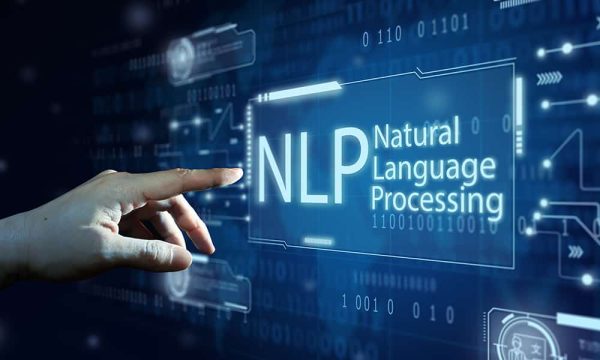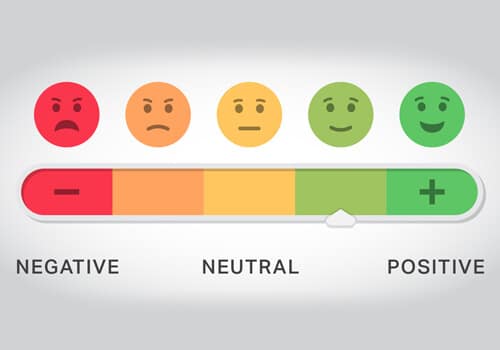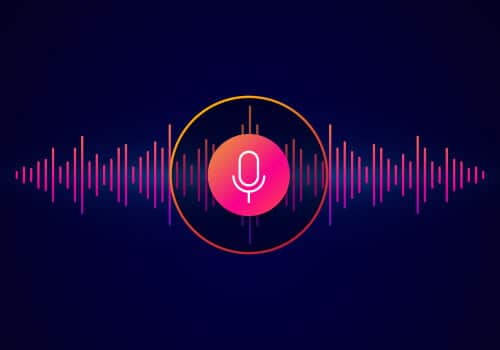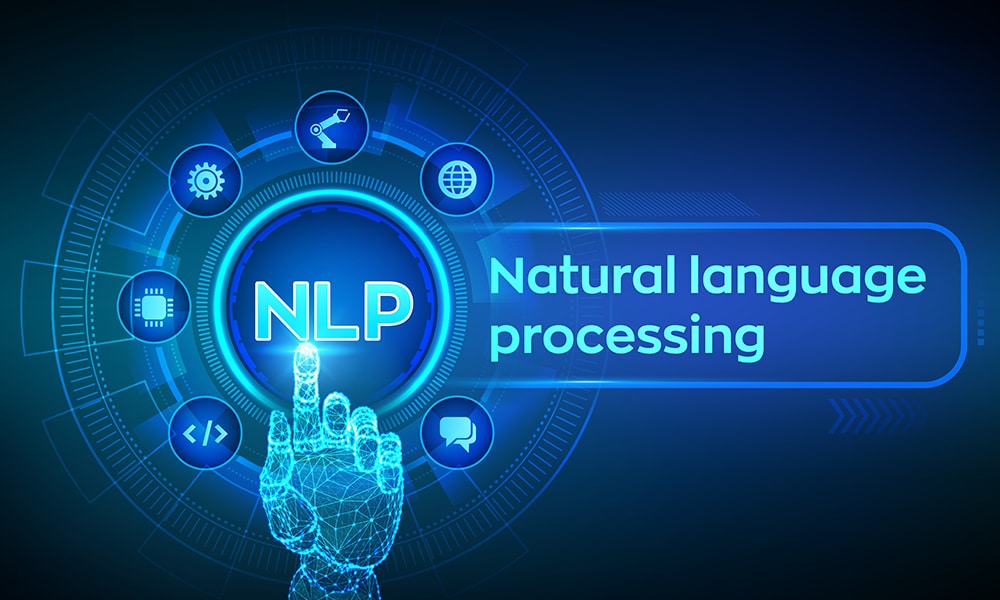NLP datasets are the backbone of many natural language processing projects, offering flexibility for a wide range of tasks such as text classification, sentiment analysis, and question answering. The Blog Authorship Corpus, for instance, contains over 681,000 blog posts from nearly 20,000 bloggers, making it a rich resource for studying writing styles, author identification, and more.
For those interested in academic research, the arXiv research papers dataset provides access to a vast collection of scientific papers across multiple disciplines, supporting advanced NLP tasks like citation analysis and document classification. The Federal Procurement Data Center dataset is another valuable resource, offering detailed information on federal contracts—ideal for projects involving government data and entity recognition.
These nlp datasets are widely used to train and evaluate machine learning models, helping researchers and developers improve the performance of their systems across various nlp tasks. Whether you’re working with blog posts, research papers, or government data, these datasets provide the foundation for robust and versatile NLP applications.
What is NLP?
NLP (Natural Language Processing) helps computers understand human language. It’s like teaching computers to read, understand, and respond to text and speech the way humans do.
What can NLP do?
- Turn messy text into organized data
- Understand if comments are positive or negative
- Translate between languages
- Create summaries of long texts
- And much more!
- Getting Started with NLP:
To build good NLP systems, you need lots of examples to train them – just like how humans learn better with more practice. The good news is that there are many free resources where you can find these examples: Hugging Face, Kaggle and GitHub. Datasets from these platforms can be easily accessed, which accelerates NLP project development.
NLP Market Size and Growth:
As of 2023, the Natural Language Processing (NLP) market was valued at around $26 billion. It’s expected to grow significantly, with a compound annual growth rate (CAGR) of about 30% from 2023 to 2030. This growth is driven by increasing demand for NLP applications in industries like healthcare, finance, and customer service.
How to choose a good NLP dataset, consider the following factors:
- Relevance: Ensure the dataset aligns with your specific task or domain.
- Size: Larger datasets generally improve model performance, but balance size with quality.
- Diversity: Look for datasets with varied language styles and contexts to enhance model robustness.
- Quality: Check for well-labeled and accurate data to avoid introducing errors.
- Accessibility: Ensure the dataset is available for use and consider any licensing restrictions.
- Preprocessing: Determine if the dataset requires significant cleaning or preprocessing.
- Community Support: Popular datasets often have more resources and community support, which can be helpful.
By evaluating these factors, you can select a dataset that best suits your project’’s needs. Choosing the right datasets is essential for achieving optimal results in NLP projects, as they directly impact model performance and training efficiency.
Top 33 Must-See Open Datasets for NLP
General
UCI’s Spambase (Link)
Spambase, created at the Hewlett-Packard Labs, has a collection of spam emails by the users, aiming to develop a personalized spam filter. It has more than 4600 observations from email messages, out of which close to 1820 are spam.
Enron dataset (Link)
The Enron data set has a vast collection of anonymized ‘real’ emails available to the public to train their machine learning models. It boasts more than half a million emails from over 150 users, predominantly Enron’s senior management. This data set is available for use in both structured and unstructured formats. To spruce up the unstructured data, you have to apply data processing techniques.
Recommender Systems dataset (Link)
The Recommender System dataset is a huge collection of various datasets containing different features such as,
- Product reviews
- Star ratings
- Fitness tracking
- Song data
- Social networks
- Timestamps
- User/item interactions
- GPS data
Penn Treebank (Link)
This corpus, from the Wall Street Journal, is popular for testing sequence labeling models.
NLTK (Link)
This Python library provides access to over 100 corpora and lexical resources for NLP. It also includes the NLTK book, a training course for using the library. NLTK includes access to WordNet, a large lexical database of English, where words such as nouns, verbs, adjectives, and adverbs are grouped into synsets based on shared meanings. NLTK also provides an annotated list of corpora and lexical resources for NLP research.
Universal Dependencies (Link)
UD provides a consistent way to annotate grammar, with resources in over 100 languages, 200 treebanks, and support from over 300 community members.
Sentiment Analysis Datasets
Dictionaries for Movies and Finance (Link)
The Dictionaries for Movies and Finance dataset provides domain-specific dictionaries for positive or negative polarity in Finance fillings and movie reviews. These dictionaries are drawn from IMDb and U.S Form-8 fillings.Sentiment 140 (Link)
Sentiment 140 has more than 160,000 tweets with various emoticons categorized in 6 different fields: tweet date, polarity, text, user name, ID, and query. This dataset makes it possible for you to discover the sentiment of a brand, a product, or even a topic based on Twitter activity. Since this dataset is automatically created, unlike other human-annotated tweets, it classifies tweets with positive emotions and negative emotions as unfavorable.
Multi-Domain Sentiment dataset (Link)
This Multi-domain sentiment dataset is a repository of Amazon reviews for various products. Some product categories, such as books, have reviews running into thousands, while others have only a few hundred reviews. Besides, the reviews with star ratings can be converted into binary labels.
Standford Sentiment TreeBank (Link)
This NLP dataset from Rotten Tomatoes includes longer phrases and more detailed text examples.
The Blog Authorship Corpus (Link)
This collection has blog posts with nearly 1.4 million words, each blog is a separate dataset.
OpinRank Dataset (Link)
300,000 reviews from Edmunds and TripAdvisor, organized by car model or travel destination and hotel.
Text Dataset
The Wiki QA Corpus (Link)
Created to help the open-domain question and answer research, the WiKi QA Corpus is one of the most extensive publicly available datasets. Compiled from the Bing search engine query logs, it comes with question-and-answer pairs. It has more than 3000 questions and 1500 labeled answer sentences.
Legal Case Reports Dataset (Link)
Legal Case Reports dataset has a collection of 4000 legal cases and can be used to train for automatic text summarization and citation analysis. Each document, catchphrases, citation classes, citation catchphrases, and more are used.
Jeopardy (Link)
Jeopardy dataset is a collection of more than 200,000 questions featured in the popular quiz TV show brought together by a Reddit user. Each data point is classified by its aired date, episode number, value, round, and question/answer.
20 Newsgroups (Link)
A collection of 20,000 documents encompasses 20 newsgroups and subjects, detailing topics from religion to popular sports.
Reuters News Dataset (Link)
First appearing in 1987, this dataset has been labeled, indexed, and compiled for machine learning purposes.
ArXiv (Link)
This substantial 270 GB dataset includes the complete text of all arXiv research papers.
European Parliament Proceedings Parallel Corpus (Link)
Sentence pairs from Parliament proceedings include entries from 21 European languages, featuring some less common languages for machine learning corpora.
Billion Word Benchmark (Link)
Derived from the WMT 2011 News Crawl, this language modeling dataset comprises nearly one billion words for testing innovative language modeling techniques.
Audio Speech Datasets
Spoken Wikipedia Corpora (Link)
2000 HUB5 English (Link)
The 2000 HUB5 English dataset has 40 telephone conversation transcripts in the English language. The data is provided by the National Institute of Standards and Technology, and its main focus is on recognizing conversational speech and converting speech into text.
LibriSpeech (Link)
LibriSpeech dataset is a collection of almost 1000 hours of English speech taken and properly segmented by topics into chapters from audio books, making it a perfect tool for Natural Language Processing.
Free Spoken Digit Dataset (Link)
This NLP dataset includes more than 1,500 recordings of spoken digits in English.
M-AI Labs Speech Dataset (Link)
The dataset offers nearly 1,000 hours of audio with transcriptions, encompassing multiple languages and categorized by male, female, and mixed voices.
Noisy Speech Database (link)
This dataset features parallel noisy and clean speech recordings, intended for speech enhancement software development but also beneficial for training on speech in challenging conditions.
Reviews Datasets
Yelp Reviews (Link)
The Yelp dataset has a vast collection of about 8.5 million reviews of 160,000 plus businesses, their reviews, and user data. The reviews can be used to train your models on sentiment analysis. Besides, this dataset also has more than 200,000 pictures covering eight metropolitan locations.
IMDB Reviews (Link)
IMDB reviews are among the most popular datasets containing cast information, ratings, description, and genre for more than 50 thousand movies. This dataset can be used to test and train your machine learning models.
Amazon Reviews and Ratings Dataset (Link)
Amazon review and rating dataset contain a valuable collection of metadata and reviews of different products from Amazon collected from 1996 to 2014 – about 142.8 million records. The metadata includes the price, product description, brand, category, and more, while the reviews have text quality, the text’s usefulness, ratings, and more.
Question and Answer Datasets
Stanford Question and Answer Dataset (SQuAD) (Link)
This reading comprehension dataset has 100,000 answerable questions and 50,000 unanswerable ones, all created by Wikipedia crowd workers.
Natural Questions (Link)
This training set has over 300,000 training examples, 7,800 development examples, and 7,800 test examples, each with a Google query and a matching Wikipedia page.
TriviaQA (Link)
This challenging question set has 950,000 QA pairs, including both human-verified and machine-generated subsets.
CLEVR (Compositional Language and Elementary Visual Reasoning) (Link)
This visual question answering dataset features 3D rendered objects and thousands of questions with details about the visual scene.
So, which dataset have you chosen to train your machine learning model on?
As we go, we will leave you with a pro-tip.
Make sure to thoroughly go through the README file before picking an NLP dataset for your needs. The dataset will contain all the necessary information you might require, such as the dataset’s content, the various parameters on which the data has been categorized, and the probable use cases of the dataset.
Regardless of the models you build, there is an exciting prospect of integrating our machines more closely and intrinsically with our lives. With NLP, the possibilities for business, movies, speech recognition, finance, and more are increased manifold.











